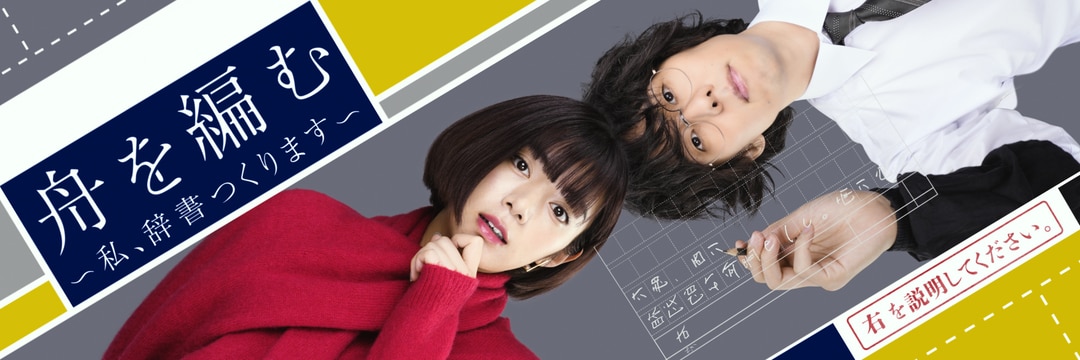Thursday, May 02, 2024
My thoughts on the (Japanese) anime market saturation
Posted by
Teck
at
5/02/2024 11:12:00 AM
0
comments
![]()
Labels: Thoughts
Wednesday, May 01, 2024
Calligraphy draft using poems mentioned in The Garden of Words 言の葉の庭
鳴る神の 少し響みて さし曇り 雨も降らぬか きみを留めむ
なるかみの すこしとよみて さしくもり あめもふらぬか きみをとどめむ
A faint clap of thunder,
Clouds fill the sky,
Perhaps it will rain,
Will that keep you here?
なるかみの すこしとよみて ふらずとも われはとまらん いもしとどめば
Even if there is no rain,
I will stay here,
If you but ask.
Posted by
Teck
at
5/01/2024 02:58:00 PM
0
comments
![]()
Labels: Calligraphy, Movies
Monday, April 29, 2024
Excerpt of Cao Cao's 短歌行
譬如朝露,去日苦多。
慨当以慷,忧思难忘。
何以解忧?唯有杜康。
Posted by
Teck
at
4/29/2024 09:47:00 PM
0
comments
![]()
Labels: Calligraphy
Thursday, April 25, 2024
Two down, hurray!
Posted by
Teck
at
4/25/2024 05:22:00 PM
0
comments
![]()
Labels: Calligraphy
Tuesday, April 23, 2024
Comparing calligraphy seal pastes (part 2)
Posted by
Teck
at
4/23/2024 12:33:00 PM
0
comments
![]()
Labels: Calligraphy
Monday, April 22, 2024
舟を編む (Fune wo Amu) NHK TV series (2024)
Posted by
Teck
at
4/22/2024 02:25:00 PM
0
comments
![]()
Labels: TV
A bit about the loss of two JMSDF SH-60K helicopters during night ASW training
Posted by
Teck
at
4/22/2024 10:59:00 AM
0
comments
![]()
Labels: Miscellaneous, Thoughts
Friday, April 12, 2024
Comparing calligraphy seal pastes (part 1)
贡品 (rank 3 out of 7 quality ranks from Zhangzhou Babao)
一级贡品 (rank 2)
特级贡品 (best quality from Zhangzhou Babao, aka rank 1)
From 上海西泠印泥:
古色 (a brownish colour mimicking seal paste from older times)
美丽 (a darker red)
青花光明硃砂 (the usual vermilion colour of cinnabar)
箭镞 (more yellowish tint)
镜面朱砂 (a higher quality of vermilion colour with a slightly brighter tint)
From 苏州姜思序堂:
硃磦 (made using cinnabar "fat")
From 石泉印泥:
精制美丽 (a darker red)
From 双维印尼:
堆朱 (common seal paste for everyday use)
朱磦 (vermilion with yellow tint)
黄磦 (yellowish seal paste; the colour is man-made using sulphur and mercury)
仿古 (a brownish colour mimicking seal paste from older times)
And 正红印泥 (maybe from 一得阁; this has a bright vermilion colour).
Posted by
Teck
at
4/12/2024 03:04:00 PM
0
comments
![]()
Labels: Calligraphy
Wednesday, April 10, 2024
One down, one more to go
Posted by
Teck
at
4/10/2024 03:48:00 PM
0
comments
![]()
Labels: Calligraphy
Tuesday, April 09, 2024
欲語涙先流 calligraphy piece
Posted by
Teck
at
4/09/2024 10:04:00 PM
0
comments
![]()
Labels: Calligraphy
Monday, April 08, 2024
譬如朝露 calligraphy piece
The deadline for one of the exhibitions is next week, and I have already written a few candidates. The final step is to select the one that I will actually submit. Wish me luck!
Posted by
Teck
at
4/08/2024 10:10:00 PM
0
comments
![]()
Labels: Calligraphy
對酒當歌 piece
Posted by
Teck
at
4/08/2024 09:54:00 AM
0
comments
![]()
Labels: Calligraphy
Saturday, April 06, 2024
Full bloom
Posted by
Teck
at
4/06/2024 05:10:00 PM
0
comments
![]()
Labels: Miscellaneous
Thursday, April 04, 2024
Legend of the Red Dragon aka LORD (BBS door game)
Posted by
Teck
at
4/04/2024 04:56:00 PM
0
comments
![]()
Labels: Computer games, Old games, Old times
Thursday, March 21, 2024
Sambar deer hair (山馬毫) calligraphy brushes
The middle three brushes were given to me by a relative. The unused one, second from the right, has a brush portion that is 45mm long with a diameter of 7mm.
Posted by
Teck
at
3/21/2024 04:49:00 PM
0
comments
![]()
Labels: Calligraphy































